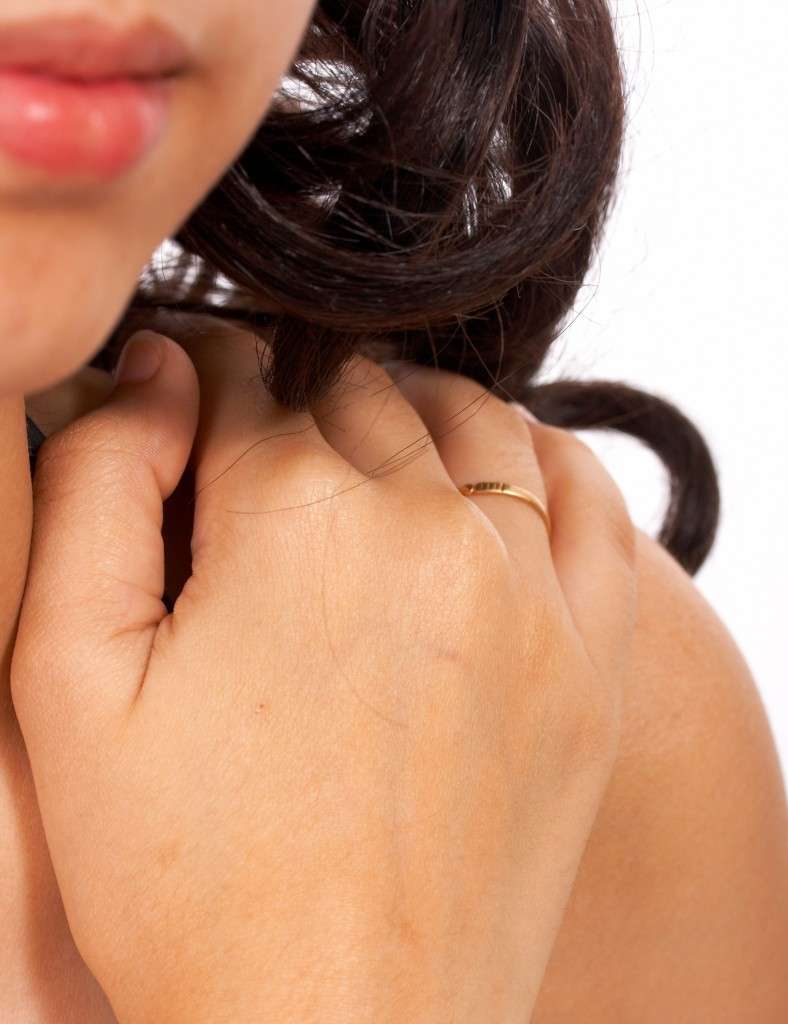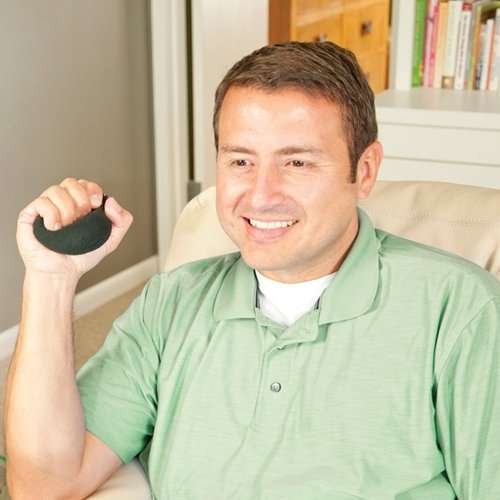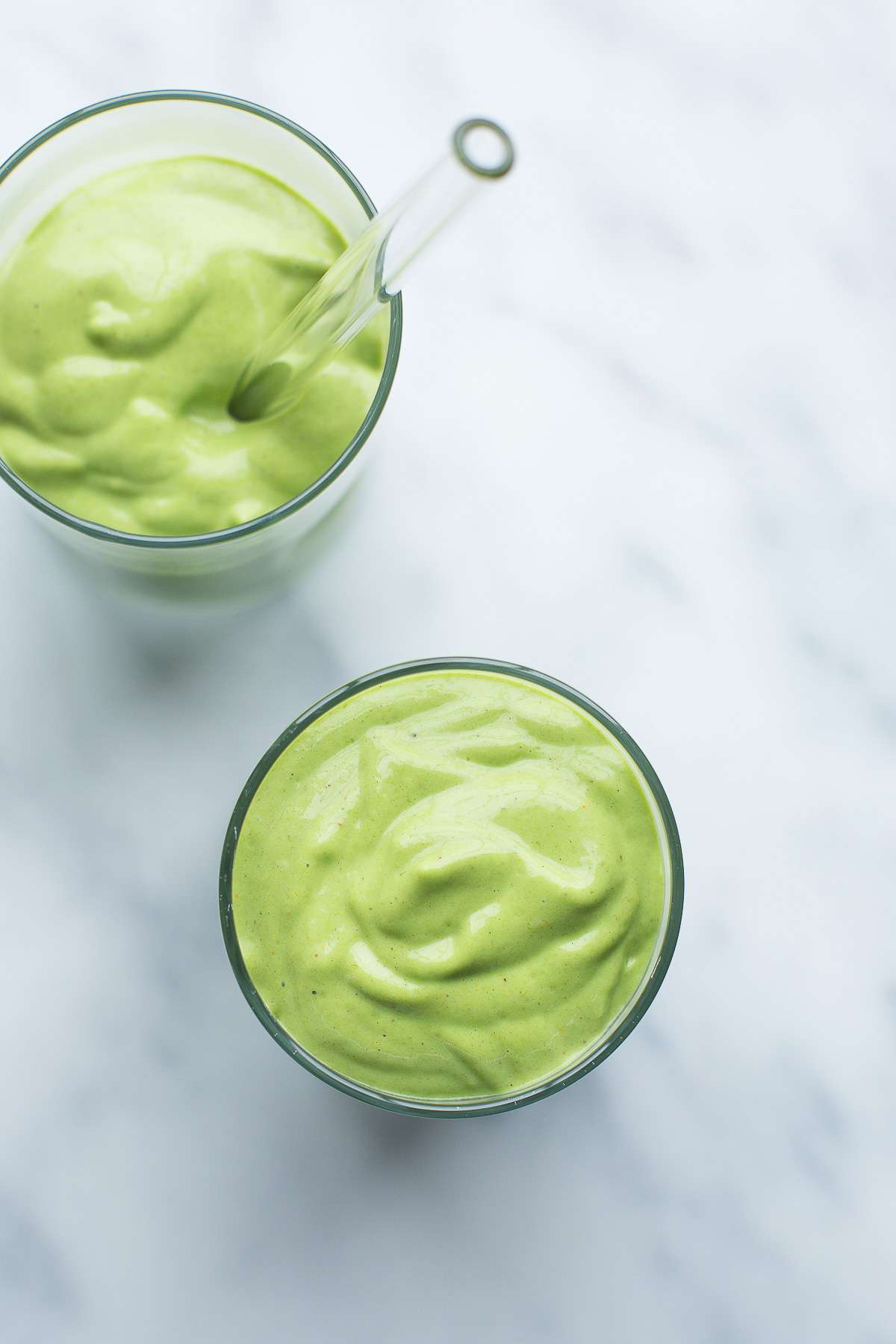
Self-Massage For Stress Relief
A full-body massage for stress relief and pleasure is highly underrated by most! Most people are looking for massages for benefits other than just relaxation, but that’s all that a lot of people really need. Massage therapycan be used in the healing of various conditions including sports injuries, circulatory problems, anxiety, headaches, insomnia, lower back pain, and arthritis. The good news is that you can still experience the benefits of a good massage without having to go to a massage therapist. There are simple self-massage techniques incorporating things as simple as pressure-point applications and soothing rubs. You can try them out over the course of your day to boost your concentration and energy levels as you go! You can also try them at night to help you relax so you can get a good night’s sleep. You never know how something will work for you until you try it.
The Buttocks
The gluteus muscles are one of the the most used and largest muscles in the whole body. Butt massages can help you counteract long periods of sitting, which are very un-natural and bad for your body actually, and you can use different techniques including deep strokes, friction, and compression to counteract that. Massage therapy for the buttocks can help with soreness, tight muscles, and acute pain from overuse by promoting proper circulation and relaxing these tissues.
 The Gut
The Gut
A massage of the gut focuses on promoting your gut mobility and it is also referred to as visceral osteopathy. It aims to maximizes lymphatic and blood supply to your internal organs with the aim of restoring function to optimal levels. Most of us do not move our bodies as often as we should since we usually spend our time sitting on couches or at desks for long periods. Getting up and moving around regularly can actually have far more of a positive benefit that you may think in the long run. Belly rubs help to relieve hip flexor and abdominal tension while promoting good sleep among other benefits.
The Diaphragm
The diaphragm is the body’s main breathing muscle and it is often neglected in the quest for spinal and core stability. If the diaphragm is not in good shape then this leaves you more prone to injury and pain. This is why it is important to maintain one’s core strength.
The Wrists
 We use our fingers and wrists probably as much as if not more than any other body parts. It’s very importatnt to keep them in the best possible shape, it’s hard to do anything at all without them. Despite this fact, most people usually neglect to work on them. There is a crucial pressure point situated below the wrist referred to as the Pericardium 6 or the Inner gate. Massaging this area is best for calming a racing heart. If you suffer from anxiety, the wristband technique could be amazing for you. You wear a rubber band and snap it whenever you feel anxious to help you relax. A wrist massage helps to soothe you by massaging the area in a circular motion for a few seconds with the thumb. Clasp the hands as if praying and open them to stretch your wrists to ease wrist tension and relax the surrounding muscles. Imagine working as a typing teacher and developing carpal tunnel. There goes your whole career simply because you weren’t ergonomic and dind’t care for your wrist and hands enough.
We use our fingers and wrists probably as much as if not more than any other body parts. It’s very importatnt to keep them in the best possible shape, it’s hard to do anything at all without them. Despite this fact, most people usually neglect to work on them. There is a crucial pressure point situated below the wrist referred to as the Pericardium 6 or the Inner gate. Massaging this area is best for calming a racing heart. If you suffer from anxiety, the wristband technique could be amazing for you. You wear a rubber band and snap it whenever you feel anxious to help you relax. A wrist massage helps to soothe you by massaging the area in a circular motion for a few seconds with the thumb. Clasp the hands as if praying and open them to stretch your wrists to ease wrist tension and relax the surrounding muscles. Imagine working as a typing teacher and developing carpal tunnel. There goes your whole career simply because you weren’t ergonomic and dind’t care for your wrist and hands enough.
The Thumb
We use our hands for so many activities and the thumbs are crucial in making them useful and versatile. Massaging your fingers helps to relieve tension all through the body. If you feel that your thumb is really stiff or sore, try to massage it or the whole hand to relieve painful, tight areas.
The Ears
The ears have reflex points that you can massage to alleviate mental and physical stress. Pressuring the area near the top of your ears in the rim can reduce stress, ease headaches, and help you transition into a calmer state faster. In general, not only does massaging a specific body part cause differnet positive effects, but just taking the time to think about how you feel and working to improve that makes a difference in your body. Not many treatments are more natural than a massage, you could definetally be doing worse things to your body!
Now these tips are great for you at home or at work, but sometimes you may just meed the hands of a professional for those things that just won’t quite go away. At Nirvelli Day Spa, we are your Cary massage therapy experts!
So, regardless of what may be ailing you, a massage from Nirvelli Day Spa in Cary NC may be just what you need to help you get through everyday life a little bit easier. Contact them today and see what they can offer you! (919) 297-0107!
Understanding anxiety
Most people experience anxiety at some point in their life. You might experience mild symptoms when facing a challenging or stressful situation. You might also have more severe, long-lasting symptoms that impact your daily life, including:
- feelings of panic, fear, or worry
- restlessness
- difficulty concentrating
- difficulty falling asleep or staying asleep
- fatigue
- irritability
- nausea, headaches, or digestive concerns
- feeling a lack of control
- muscle tension
Anxiety is typically treated with therapy, medication, or a combination of both. There are also several alternative treatments, including acupressure, that can help.
Acupressure is a form of traditional Chinese medicine that may provide temporary relief from anxiety symptoms. It involves stimulating pressure points in your body, either on your own or with the help of a professional.
Read on to learn about six pressure points you can try for anxiety relief.
1. Hall of impression point

Share on Pinterest
The hall of impression point lies between your eyebrows. Applying pressure to this point is said to help with both anxiety and stress.
To use this point:
- Sit comfortably. It can help to close your eyes.
- Touch the spot between your eyebrows with your index finger or thumb.
- Take slow, deep breaths and apply gentle, firm pressure in a circular motion for 5 to 10 minutes.
2. Heavenly gate point

Share on Pinterest
The heavenly gate point is located in the upper shell of your ear, at the tip of the triangle-like hollow there.
Stimulating this point is said to help relieve anxiety, stress, and insomnia.
To use this point:
- Locate the point in your ear. It might help to use a mirror.
- Apply firm, gentle pressure in a circular motion for two minutes.
3. Shoulder well point
Share on Pinterest
The shoulder well point is in your shoulder muscle. To find it, pinch your shoulder muscle with your middle finger and thumb.
This pressure point is said to help with relieving stress, muscle tension, and headaches. It can also induce labor, so don’t use this point if you’re pregnant.
To use this point:
- Find the point on your shoulder muscle.
- Pinch the muscle with your thumb and middle finger.
- Apply gentle, firm pressure with your index finger and massage the point for four to five seconds.
- Release the pinch as you massage the point.
4. Union valley point
Share on Pinterest
You find this pressure point in the webbing between your thumb and index finger.
Stimulating this point is said to reduce stress, headaches, and neck pain. Like the shoulder well point, it can also induce labor, so avoid this point if you’re pregnant.
To use this point:
- With your index finger and thumb, apply firm pressure to the webbing between the thumb and index finger of your other hand.
- Massage the pressure point for four to five seconds, taking slow, deep breaths.
5. Great surge point
Share on Pinterest
The great surge pressure point is on your foot, about two or three finger widths below the intersection of your big toe and second toe. The point lies in the hollow just above the bone.
This pressure point may help to reduce anxiety and stress. You can also use it for pain, insomnia, and menstrual cramps.
To use this point:
- Find the point by moving your finger down straight down from between your first two toes.
- Apply firm, deep pressure to the point.
- Massage for four to five seconds.
6. Inner frontier gate point
Share on Pinterest
You can find the inner frontier gate point on your arm, about three finger widths below your wrist.
Stimulating this point may help to reduce anxiety while also relieving nausea and pain.
To use this point:
- Turn one hand so your palm faces up.
- With your other hand, measure three fingers below your wrist. The point lies here, in the hollow between the tendons.
- Apply pressure to the point and massage for four to five seconds.
The research behind acupressure for anxiety
There’s limited research about the use of acupressure and pressure points for anxiety. But experts are starting to look at alternative anxiety treatments.
Most of the studies that do exist have focused on pressure points for anxiety before a potentially stressful situation or medical procedure, rather than general anxiety. They’ve also all been fairly small. Still, their results are promising.
For example, a 2015 review of several studies examining the effects of acupressure on anxiety found that acupressure seemed to help relieve anxiety before a medical procedure such as surgery.
Another 2015 study of 85 people hospitalized for cancer treatment found that acupressure helped to reduce their anxiety.
A 2016 study looked at anxiety in 77 students with severe menstrual pain. Acupressure applied at the great surge pressure point during three menstrual cycles decreased anxiety in study participants by the end of the third cycle.
Most recently, a 2018 study found that acupressure helped reduce stress and anxiety symptoms in women receiving fertility treatments.
Again, larger studies are needed to fully understand how to use pressure points for anxiety. But the existing studies haven’t found any negative effects of acupressure on anxiety symptoms, so it may be worth a try if you’re looking to try a new approach.
Just keep in mind that these studies also suggest that acupressure seems to provide temporary, not long-term, relief from symptoms. Make sure to keep up with all other stress management, therapy, or other treatments prescribed by your doctor while trying acupressure.
Know when to see a doctor
While acupressure may provide some temporary relief from anxiety symptoms, there’s not much evidence that it’ll help with long-term anxiety.
If you find that your anxiety symptoms are making it hard to go to work or school or interfering with your relationships, it may be time to talk to a doctor or therapist. Concerned about the cost of therapy? Here are therapy options for every budget.
You should talk to a doctor or therapist if you start to experience:
- feelings of depression
- thoughts of suicide
- panic attacks
- trouble sleeping
- headaches
- digestive problems
The bottom line
Acupressure can be a helpful tool for temporarily managing anxiety symptoms, but there’s not enough evidence to support its use as a treatment for ongoing anxiety. Still, using these pressure points in instances where you’re feeling particularly stressed or anxious can help.
Just make sure to keep up with any other treatments recommended by your doctor and reach out to them or a therapist if your symptoms become more severe or start interfering with your day-to-day life.




